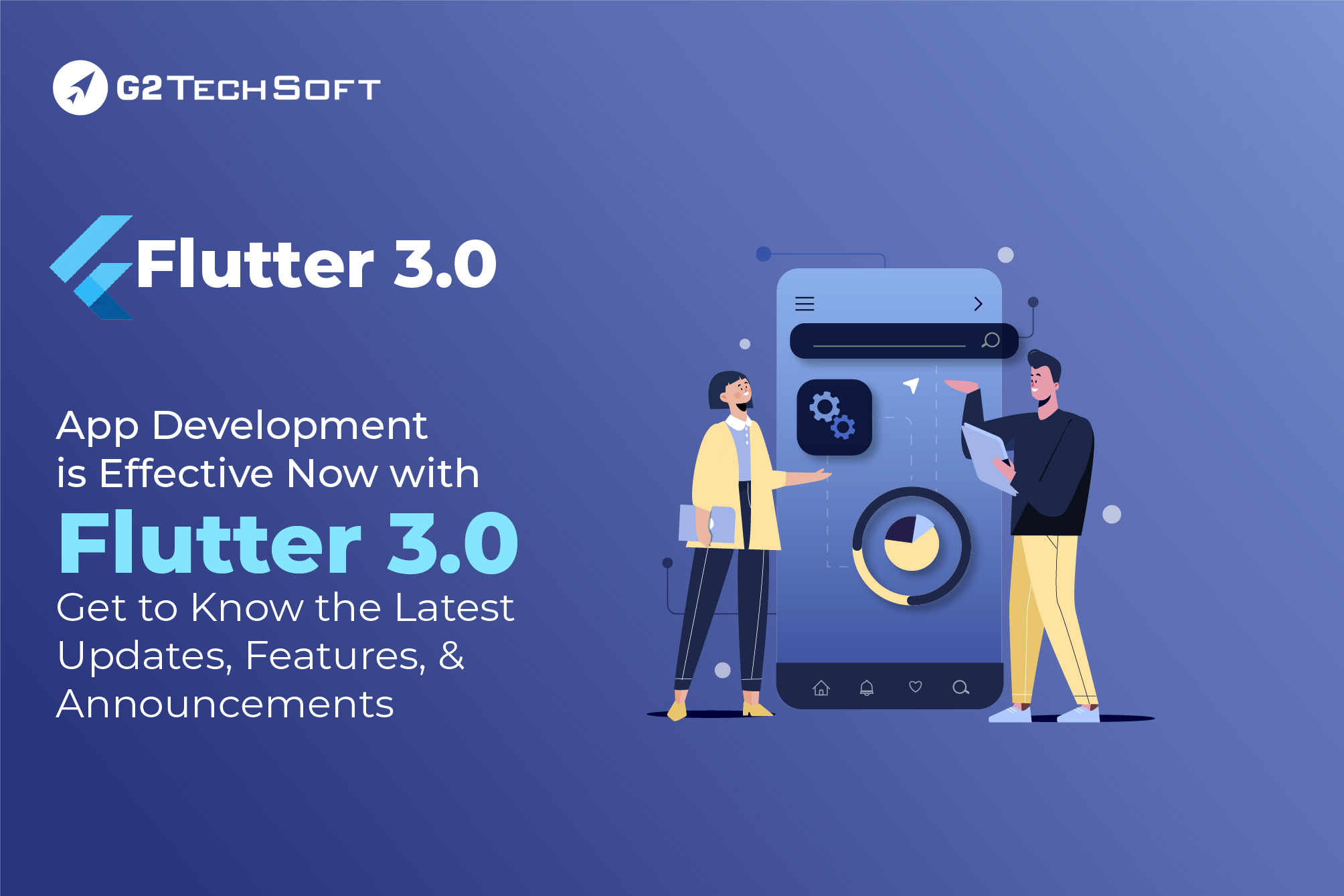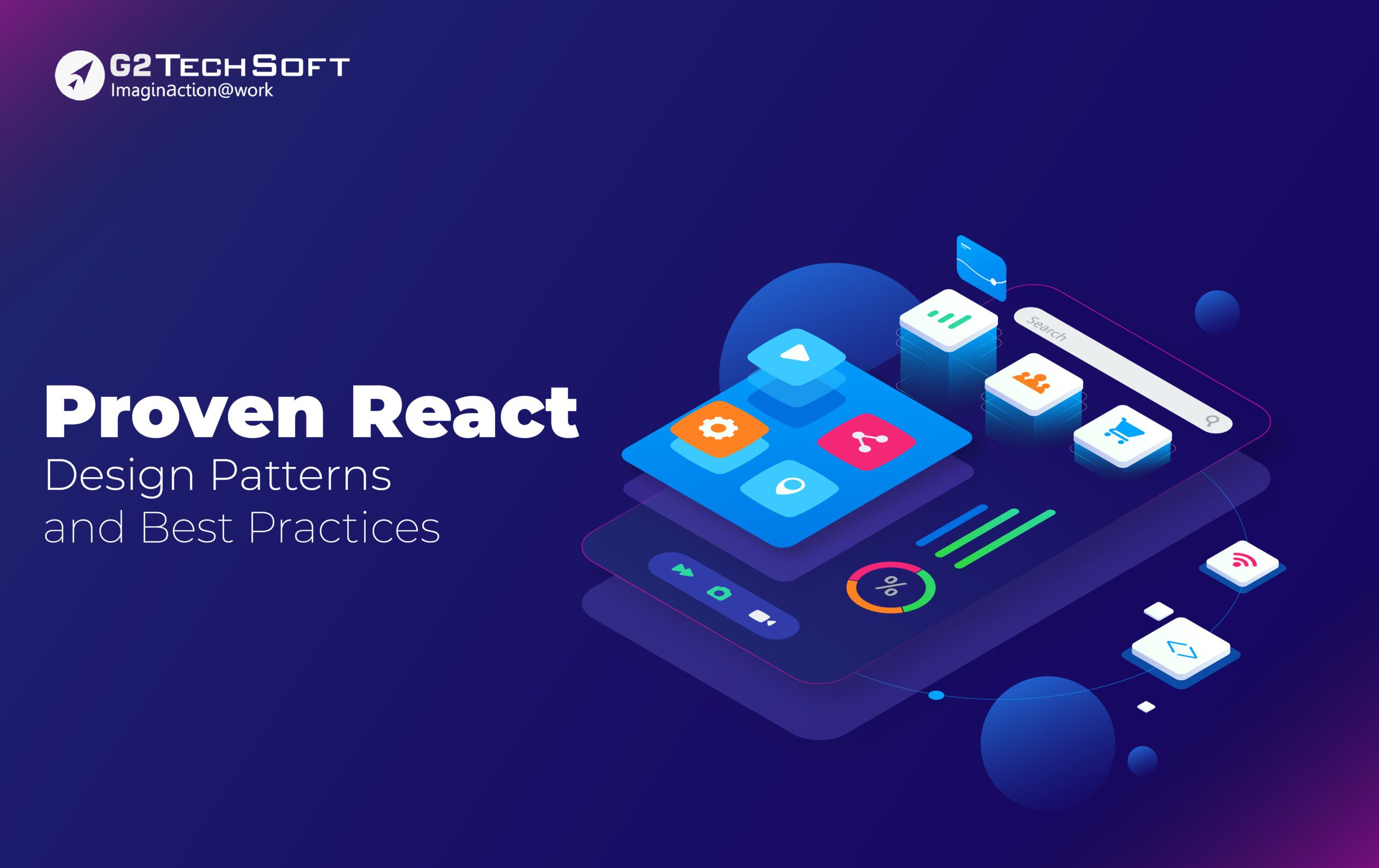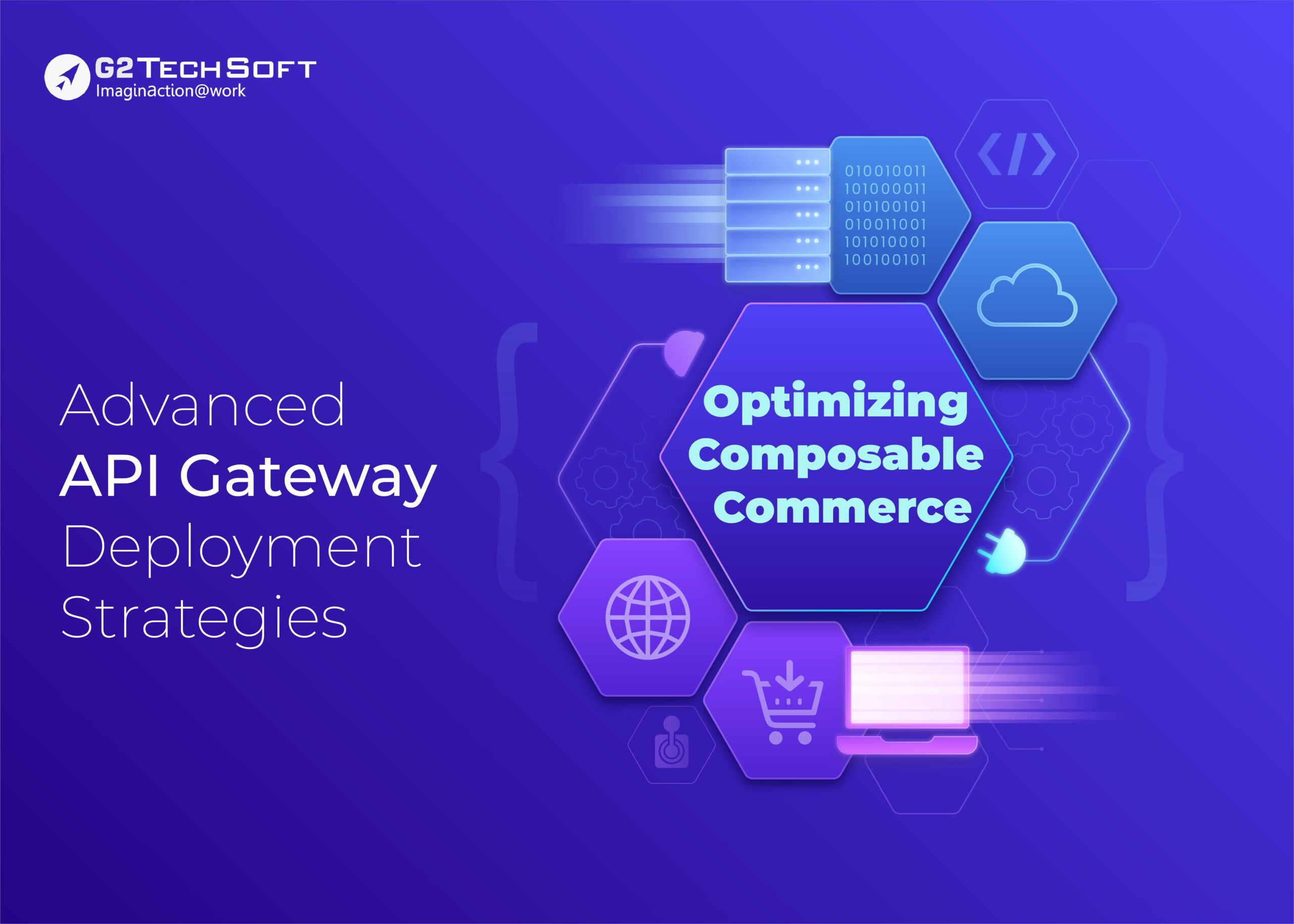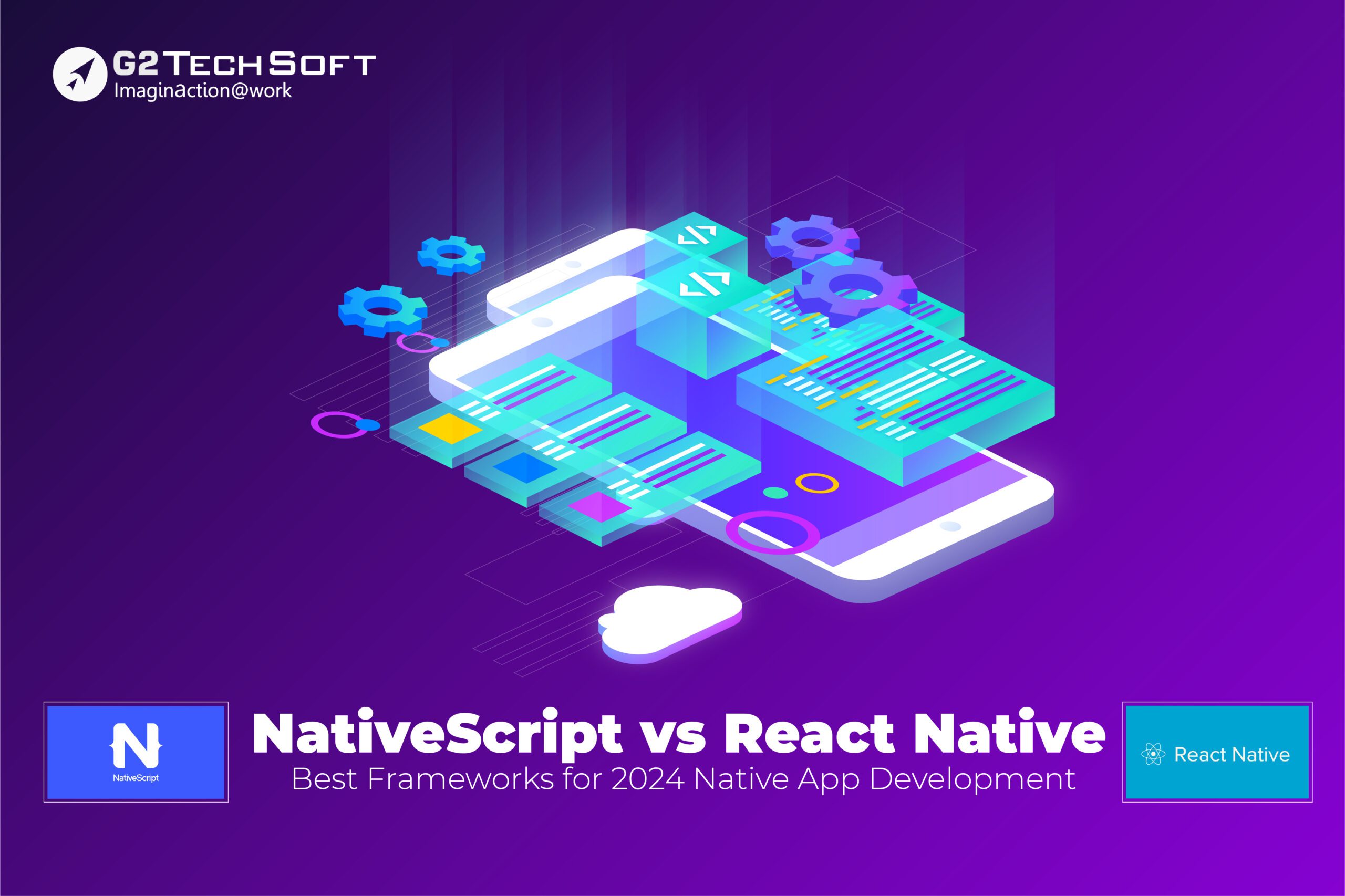
App Development is Effective Now with Flutter 3.0: Get to Know the Latest Updates, Features, & Announcements
Flutter is an open-source app development platform from Google that allows developers to build native apps for iOS and Android from a single codebase.
Flutter mobile development has gained popularity recently.
The Flutter app by Google was created with a cross-platform software framework. One of the biggest advantages of using flutter app development is that you can build apps for iOS, macOS, Android, Windows, Linux, and web, from a single shared codebase.
Flutter 3 has officially been released by Google flutter with the support for building apps for Linux and macOS platforms. It is having delivery support for macOS for Universal Binaries so that applications can work natively on Apple and Intel silicon chips.
How Effectively Can You Build App with Flutter?
Some of the features of Flutter 3.0 that can create a flutter app more effective are described below.
Material 3
Flutter 3 supports Google’s in-house design concept – Material Design 3.
Material Design 3 includes dynamic color and better visual effects and is now supported in flutter build for iOS and Android.
Flutter Game Toolkit:
Flutter developer team focussed this time on casual gamers to deliver a casual games tool kit. It includes a starter pack of templates and credits for advertisements and cloud services.
Flutter Firebase
Firebase is Google’s back-end flutter platform for building mobile app development and web applications.
Flutter has various third-party integrations such as Firebase, AppWrite, Sentry, and AWS Amplify.
Firebase Crashlytics
We can track real-time fatal crashes with the help of the Flutter build plug-in- Crashlytics. It also includes critical alerting metrics such as “crash-free users” for maintaining the stability of applications.
Mobile Updates to Build Apps
Foldable support
To support foldable devices, this release is official now. In Flutter 3, with the help of the TwoPane widget, you can design a scalable layout to support foldable devices.
The variable refresh rate for iOS
Flutter 3 provides support for variable refresh rates and ProMotion displays on iOS devices, including iPad Pro and iPhone 13 Pro. The rendering refresh rates increased to 120 Hz, which was earlier limited to 60 Hz. The scrolling experience is smoother and animations are quick too in the flutter mobile app with this release.
Web Updates to Build Apps
Image Decoding
With the introduction of a new image API, images can now be decoded asynchronously. Built-in image codecs of the browser help decode the image twice the speed without slowing down the main thread.
Web App Lifecycles
With the new lifecycle API for the web, bootstrapping of the application can be controlled seamlessly without any loss in performance.
Know the differentiation of Flutter versions: 1.0, 2.0, and 3.0
The following table explains the comparisons among various versions.
| Criteria | Flutter 1.0 | Flutter 2.0 | Flutter 3.0 |
|---|---|---|---|
| Web support | Only in the beta version | On both web and mobile. | On both the web and mobile (also foldable devices) |
| App crash possibility | lack of null safety crashes more | With Null safety features, app crashes are lesser | With Firebase crashlytics, easy to keep track of errors and reduces them |
| For iOS | Difficult search libraries for iOS. It is complicated to find a search bar | Google has incorporated the Search Bar UI from iOS into its TextField | Supported a higher refresh rate to provide a smoother experience for iOS |
| Code control | Difficult as they used different platforms | allowed developers to use the same code for both platforms | Facilities to create native interfaces for six different platforms with a single codebase. |
| Device supported | It did not have desktop support | iOS and Android with web and Windows support | Added support to macOS and Linux apps along with the earlier supported device |
Flutter 3.0 & Its Features
In mobile app development, Flutter SDK for Android and flutter iOS platform has become one of the biggest trends nowadays. Some of the features of Flutter 3.0 are:
macOS and Linux support
You can now create app for macOS and Linux using the same code base as iOS, Android, and Windows as these platforms share the same Dart codebase. Once you have written your app in Dart, it can run on any platform.
Easy iOS Releases & Support for Refresh Rate
Flutter framework supports a refresh rate higher than 60 frames per second. This means apps can now run at up to 120 fps on phones providing high-resolution displays. It will support variable refresh rates on flutter iOS build devices such as the iPhone 13 pro and iPad pro.
Foldable Mobile Support
Flutter create app with cross-platforms on foldable devices as well. With this flutter mobile app, you can also easily scale your app.
Sunsetting 32-bit iOS/iOS 9/iOS 10 Migration
Initially, Flutter supported 64-bit builds which were limited by Apple’s requirement that apps be built in Objective C or Swift. With Flutter 3.0, you can now write your apps in Kotlin (for Android) or Dart (for iOS).
Support for macOS System Menu Bar and Cascading Menu
An App-wide menu can be created using Flutter SDK as it provides a Cascading Menu widget. The new popup menu and the native system menu bar allow a seamless transition between the app’s main menu and its secondary menu in this flutter release.
Flutter’s Games Toolkit
Flutter create app for gaming that includes a casual game toolkit, and a collection of widgets that help you design games for iOS and Android. The game engine uses GPU to render scenes and provides a high-performance animation system that offers templates, guidelines, and tutorials to design and also create app flutter.
Dart 2.17
Dart, v2.17 has added major new support for working with enumsmaking writing code that uses named parameters in constructors.
Exciting Future Updates Worth Follow
Flutter 3.0 with stable desktop support
One of the most awaited features to build production-ready desktop apps is achieved by a flutter developer.
Some of the features attached to this stable desktop support are:
- To create platform-rendered menu bars on macOS, the Platform menu bar widget is provided
- International text input is supported for all desktop platforms
Flutter 3.0 for mobile
With the new version of Flutter 3.0, several exciting updates for mobile app developers are available such as support for foldable mobile devices with this release.
Flutter Firebase and crash report support
Flutter Android supports a range of services Sentry, AppWrite, and AWS Amplify. Also, there is an update to support real-time crash reporter, the Flutter Crashlytics plug-in. It allows you to track and fix stability issues that consume your app quality and save time from troubleshooting.
Casual Game toolkit in Flutter 3.0
Flutter development is now touching the new ground which is in gaming. The Flutter Casual Games Toolkit includes source code, tutorials, best practices, and even a sample Flutter-themed pinball game.
Other exciting updates
Flutter 3.0 is going to support Google’s in-house design language, Material Design 3, which allows Flutter developers to build a cross-platform design system for dynamic and updated color systems, typography, and new visual effects.
Major Updates of Flutter 3.0 for Web App Development
Flutter 3 comes up with a few web updates with a new API to automatically detect images with the help of the browser’s built-in image codecs, speeding up image decoding 2X and off the main thread asynchronously.
Conclusion
With the exciting features in flutter android app development Flutter V3.0, it has become a number one choice for app developers and businesses. Now Google is ready to assist more businesses in joining its club. Get exclusive services at G2 TechSoft to build an app via Flutter through market and technology experts.




